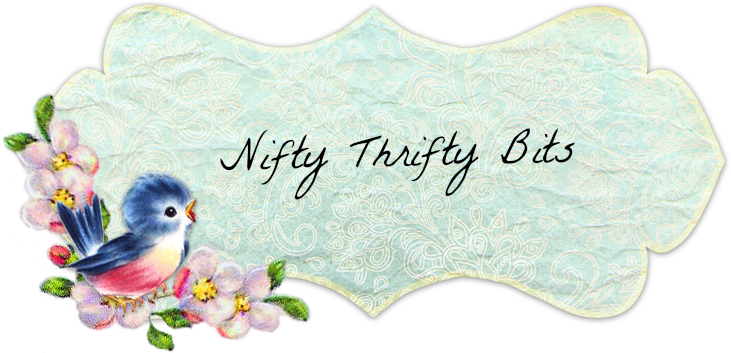 |
| Can I Grow a SCOBY for KOMBUCHA? |
What is a SCOBY? Well SCOBY stands for Symbiotic Colony of Bacteria and Yeast. So basically it is a culture. And in the case of a kombucha SCOBY, it is made up of yeasts that thrive on black tea and sugar.
If you have a friend who makes their own kombucha you may have a resource for some starter and a SCOBY, but after asking around all I got were blank or confused looks and questions like what IS kombucha and what IS a SCOBY. Next, I looked at my local health food store but I could not find a SCOBY there either. I know that a SCOBY and starter can be purchased online but my thinking (right or wrong) was maybe I grow my own SCOBY? Once upon a time I used to make make sour dough bread and I had to use a starter culture in my bread making. So, I figured that maybe I could make my own starter for my kombucha. If it can be done for sour dough bread starter, then maybe it can be done for kombucha.....of course not the same starter as used for sour dough bread, but a starter and SCOBY used for the making of kombucha.
So after doing a bit of research this is what I did to try to make my starter and to try to grow a SCOBY.
I sterilized a one half gallon Ball canning jar and the utensils that I was going to use.
Ingredients that I used:
6 cups (48 ounces) of bottled purified drinking water
one tablespoon of loose organic black tea
1/2 cup of raw organic sugar
one cup of GT's Original Raw Organic Kombucha (at room temperature)
I brought the water to a boil and added the loose black tea. I steeped the tea for about 10 or 15 minutes. I strained out the tea leaves and added the sugar while the tea was still hot, stirring until the sugar dissolved. I let the tea cool to room temperature. After the tea cooled I added one cup of room temperature GT's Original Raw Organic Kombucha. I did not put a lid on my jar, but instead I covered my jar with an unbleached coffee filter and secured it with a rubber band and then covered it with a cotton flour sack material (I got that at Walmart years ago). I will keep it sitting out on a shelf or counter where it does not get any direct sunlight.
SO, this is a test! An experiment! I am not sure how long it will take for my tea to ferment and for the SCOBY to grow. In fact, I don't even know if I will be able to grow a SCOBY. But I am giving it a try. If you are interested and want to grow your own, check back and see if I am successful. I will update this blog to let you know what happens!
I am keeping my fingers crossed! I am even whispering sweet little things to it as I pass by ......like......"hello my sweet little baby SCOBY " and "grow my little baby SCOBY, grow!" Not sure if it will help, but I talk to my plants too...... Yes..... I do.
******UPDATED 8/23/15: Yes, I was able to grow my own scoby using the above method! I have been happily making and drinking my own homemade kombucha ever since! As of today, August 23, 2015 I have two very full scoby hotels full of healthy scobys! Give it a try if you love kombucha and skip the nearly $4 per bottle cost by making it yourself!


